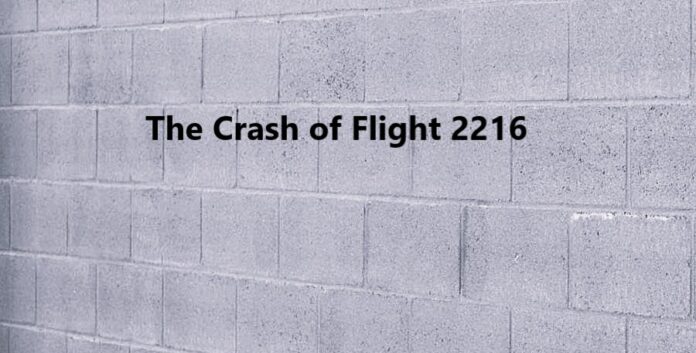Why does there appear to be a wall at the end of the landing strip?
Jeju Air plane crash: Shock and uncertainty in South Korea after country’s worst air disaster
The crash of flight 2216 from Bangkok, on Sunday, December 29, left 179 people dead and two injured at Muan airport. A bird strike has been presumed as the cause of the accident, but many questions remain.
Amid a political crisis, South Korea must now deal with the shock caused, on Sunday, December 29, by the crash of a Jeju Air plane at Muan airport, located 290 kilometers southwest of Seoul. The incident killed 179 people, and represents a new blow for the American aircraft manufacturer Boeing.
By Monday, December 30, 141 bodies had been identified, according to a Transport Ministry announcement. The country’s acting president, Choi Sang-mok, declared a week of national mourning after the incident, which already appears to be the worst air disaster in South Korean history, and designated Muan County with a disaster zone status.
“As acting president of a government responsible for the safety and lives of its citizens, I am overwhelmed by grief,” said Choi, who assumed presidential duties on Friday, after the impeachments of both ex-President Yoon Suk Yeol, for having declared martial law, and his replacement, Prime Minister Han Duck-soo.
Flight 2216 from Bangkok, a Boeing 737-8AS airplane operated by Jeju Air, was forced to make an emergency belly landing shortly after 9 am (local time) on Sunday. Its landing gear had not deployed. The aircraft, which entered service in 2009, only slightly slowed down after touching down. It then struck a concrete wall, located…



